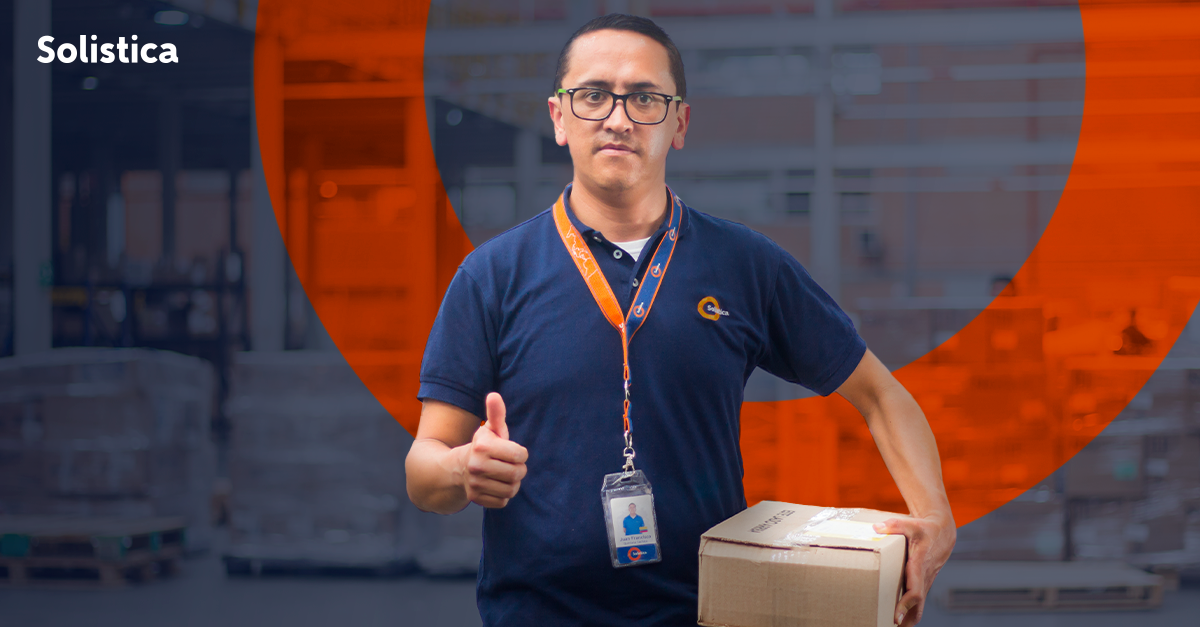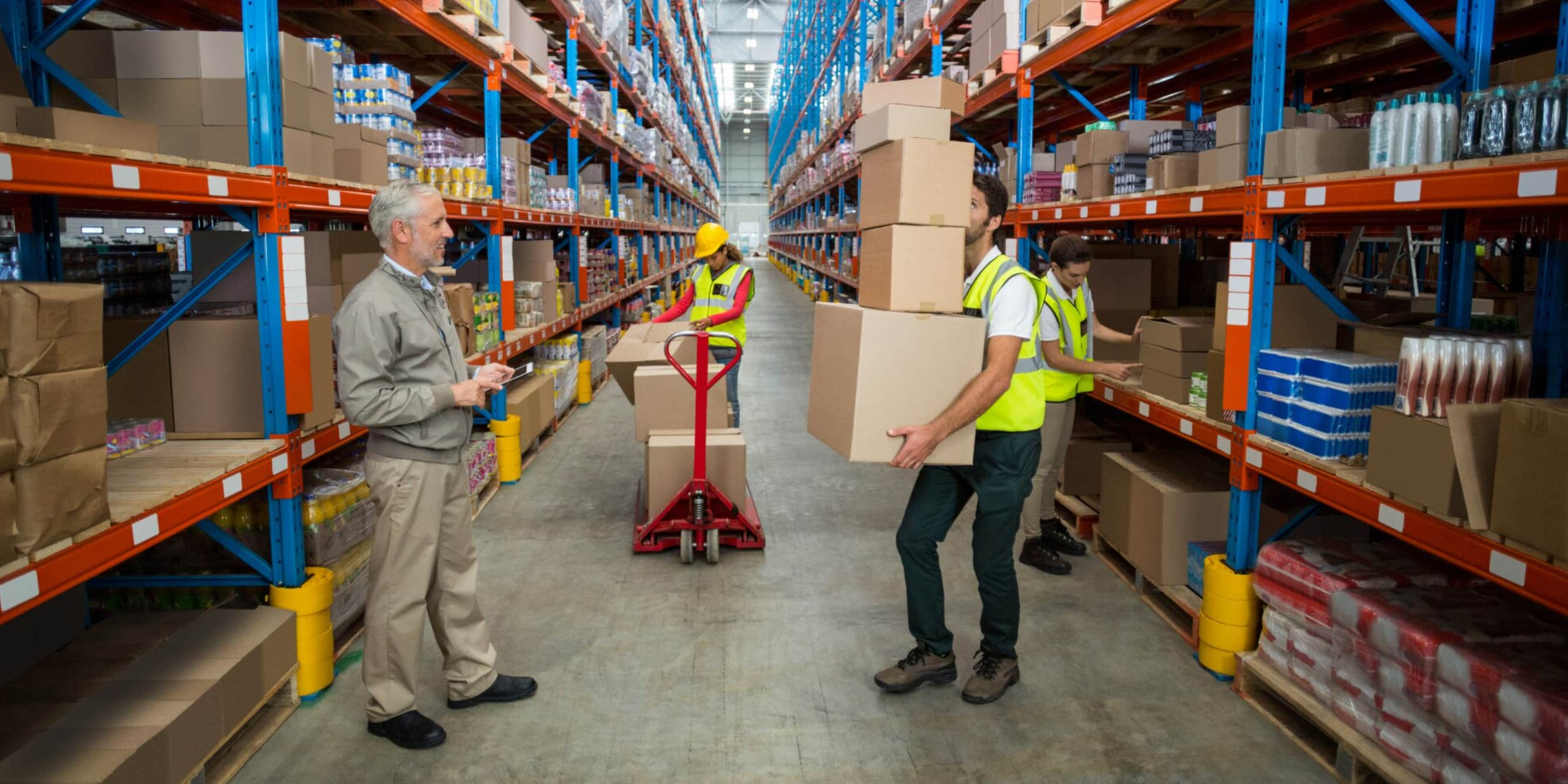Hi-Tech devices such as computers, smartphones, pads, routers, and switchboards are undoubtedly a competitive advantage; however, behind these tools there are complex supply chains – specially in terms of risks, international regulations, fittings, and administration of resources and supply – characterized by a demand for accuracy, speed, and constant metrics.
Usually hi-tech and hardware companies are forced to manage their costs efficiently, minimize time to market, optimize the logistics processes, and guarantee the return of investment, particularly when they have invested in large infrastructure, research, and development projects.
The challenges this industry faces come from the changes in the market, mainly product innovation, omnichannel attention, and brand loyalty.
In terms of product innovation, it has risen dramatically looking to meet the ever-changing needs of consumers. For example, it is now common for tech companies to introduce more than seven products in the market – either new or improved – per month.
Likewise, the need for omnichannel attention has motivated companies to sell and serve clients 24/7 and to deliver as quickly as possible. This has brought about changes in inventory strategies, for example, delivering at the store.
On the other hand, brand loyalty has evolved because now clients are not as loyal to companies as they used to be. They currently tend to try new brands that offer better products and choose those who offer them unique experiences.
These trends in the industry impact the supply chains of tech companies in varied ways:
- Receptive Logistics:
Supply chains are based on the demand and, thus, they need to respond quickly and offer better service, especially when it comes to launchings.
- Flexibility in manufacturing and delivery:
Supply chains can adapt to different combinations of products and demands. To achieve this, the manufacturing process must be carried out with less specificity of assets in order to lower the inventory, the cost of components, and should take advantage of modular designs and postponement strategies.
- Smarter purchase decisions:
Supply chains must offer visibility of expenses and rationalize their base of suppliers while the purchasing and supply processes must be more efficient.
To compensate the factors described above, tech companies must have a comprehensive view of the business and aim to clarify concepts such as compensations between profitability, time to market, flexibility, and reliability.
To achieve this, we must define and assign priority to goals; combine means of transportation to make the delivery process more profitable; consolidate operations in strategic locations to lower the necessary distance to serve regional orders; postpone certain processes and complement them later, looking to lower inventory volatility and shipping volume; optimize routes to lower transportation and inventory costs while improving time to market; and increase visibility, in other words, make sure data is available for everyone involved via intelligence engines that optimize the inventory of the diverse channels on the go.
Main logistics challenges of hi-tech companies
The following are the most common logistics challenges hi-tech companies face, and a few ideas on how to overcome them:
Lower income per unit. In the PC market, for example, the constant reduction of prices – as demanded by clients – affects the manufacturers’ and retailers’ income per unit. One way to overcome this challenge is crossed sales, which can benefit from kitting.
Changes in consumer’s demand. This fluctuation is tightly related to economic events such as recessions. A supply chain’s ability to expand and shrink according to the demand is essential when facing these types of challenges and achieve profitability.
Increased competition. Companies that used to just supply components are now developing their own products, which turn them into both partners and competitors. We can overcome this challenge by forming trade partnerships where both parties are benefitted and setting network or collaboration models that allow more predictable commercial cycles.
Increase in the cost of some raw materials — gold, silver, lithium, and silica, which has a negative impact on profit margins. To face this challenge, we suggest ensuring prices through financial instruments such as futures and options. In addition, some systems based on artificial intelligence and machine learning can help forecast the future demand of goods by considering external issues such as fees, offer, global demand, and financial and political landscapes.
Delays in the supply and transportation of tech components. Managing supply chains requires precision, timely information, and reliable suppliers. Even the slightest delay can stop the manufacturing process and time to market.
To solve this challenge, companies must collaborate with their complete ecosystem of suppliers, looking to expedite the manufacturing and distribution of the diverse pieces. A central system integrating inventory management and the monitoring of all the parties involved might be of great help to speed up bottlenecks and lack of products.
Slow time to market and shorter life cycles of products that put a dent on profitability and miss satisfying the expectations of clients. To overcome this, we recommend improving time to market, especially for new products.
Furthermore, we must understand the R&D process in depth so we can have an advantage on the upcoming innovations and make sure suppliers meet the requirements of raw materials. Having a risk management plan in place can be helpful for understanding which factors may affect the supply chain and manufacturing process.
Inefficient transportation that affects distribution and inventory. The means of transportation can make a difference in terms of speed and efficiency in meeting the shipping deadlines for tech products. Smart scheduling has helped speed up the expansion to other markets as well as time to market while procuring a better customer experience.
To overcome this challenge, we need to optimize logistics so we can deliver at the right time and place. A transportation management system based on artificial intelligence and machine learning can come up with efficient routes, provide better visibility, increase delivery reliability, and save costs. Also, combining multiple means of transportation, such as plane and railroad, makes freight faster.
Lack of security that increases theft of technology and IP addresses. Thieves find hi-tech products as appealing as identity and information.
To slow this situation down, we must implement safety measures throughout the supply chain; things like hiring highly reliable suppliers and using the Internet of Things to monitor products and oversee handling. It is also worthwhile implementing a full risk assessment to mitigate and avoid any deficiencies.
The ever-growing omnichannel demand, competitivity, unloadable content, bad quality of raw materials, new privacy and data exchange regulations, the growth of disruptive technology companies, the complexity of design of certain products, seasonal demands, and reverse logistics to transport the components or products needing fixing are some of other logistics issues affecting the supply chain of the hi-tech industry
All the parties involved must be aware of the challenges and obstacles that may affect the supply and manufacturing of devices globally, as well as be quick to solve the security issues they may face. A correct planning, proper visibility, and precise forecast of the demand, greatly help improve our time to market and our profit.
The challenges of the logistics of high-priced products (like electronics) are countless. Solistica offers end-to-end logistics solutions to hi-tech companies, helping them lower the cost of their services, have better visibility of their deliveries, and speed up the transportation of components and finished products.
An example of this is our partnership with HP and being able to translate our experience in two of the most challenging, in terms of security, and important regions in Latin America.
This operation has given extraordinary results. For years, we have achieved an impressive rate of zero incidents involving security, and a service level rate of 99%.






